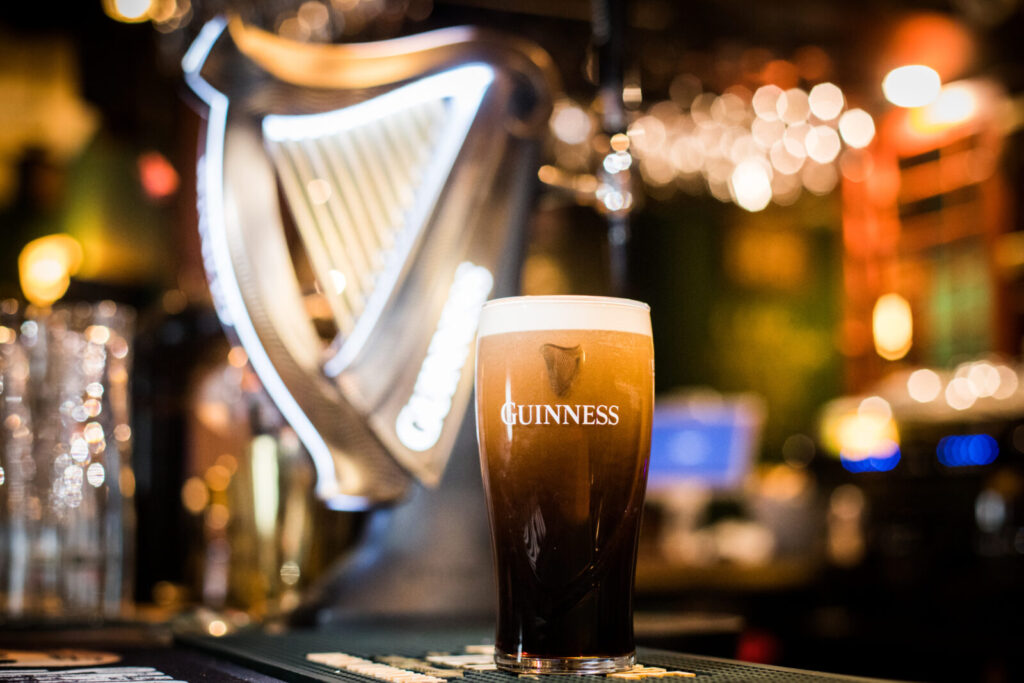Brief • 2 min Read

A recent study conducted by the Harris Poll on behalf of Ad Age found that, in general, fictional mascots are an effective marketing tool for insurance companies – even more so than celebrity spokespeople. Insurance is an important purchase, and most adults want that to be reflected in the tone of product ads. However, fictional mascots may help providers introduce levity and relatability to balance the pragmatic nature of the industry.
Insurance advertisements may get viewers’ attention, but they don’t necessarily convert those viewers to customers.
For many, insurance is a high-stakes purchase. As such, ads are likely more effective for generating awareness rather than encouraging conversion. Less than half (45%) of US adults have changed or considered changing their insurance policy after seeing an advertisement. Only 28% ultimately did so.
For those who changed or considered changing their insurance plan after seeing an advertisement, emotional factors had a lesser impact on their decision. The coverage (41%) and rates offered (40%) were considered most impactful in viewers’ decisions. Only 21% of consumers were influenced by the tone of the advertisement. Similarly, 19% were influenced by the spokesperson featured.
Insurance mascots have widespread appeal, but celebrity spokespeople might help providers reach more niche audiences.
Some 53% of US adults want to see relatable insurance ads and leveraging mascots has proven to be an effective way for providers to deliver. Approximately half (48%) of US adults agree that mascots make it easier to relate to insurance ads; only 34% feel the same about insurance ads that feature celebrity spokespeople.
Beyond relatability, mascots may help insurance companies earn favor among potential customers. More than half (55%) of US adults prefer insurance advertisements that feature fictional characters over those with celebrity spokespeople.
That said, celebrity spokespeople may help insurance companies reach younger audiences and People of Color. Approximately half (46% of Gen Z and Younger Millennials ages 18-29 and 52% of Older Millennials ages 30-40, respectively) agree that celebrities help make insurance ads feel more relatable. This sentiment is mirrored among People of Color (42% vs 30% of White adults).
While mascots and celebrities are an important marketing tool, insurance companies should still be wary of including too many spokespeople – fictional or otherwise – in their advertisements, as it may confuse messaging. Nearly 6 in 10 (58%) US adults disagree that insurance companies should have multiple spokespeople.
The absence of Mayhem, Allstate’s core mascot, from advertising went unnoticed, but viewers still welcomed its return.
Earlier this month, Allstate aired an advertisement that featured the mascot Mayhem for the first time in over a year. Only 29% of US adults who were familiar with Mayhem prior to the time of survey were aware that this shift had happened. However, the character’s return has been well-received in general. Nearly half (48%) of all US adults support Mayhem’s reinstatement.
Mascots that have been consistently featured in ads are the most popular, but newcomers have broken through.
Featuring a mascot prominently and frequently in insurance advertisements can help audiences build a relationship with the character – and perhaps by extension, the advertising provider. Legacy characters are among the most well-known and well-liked mascots in the insurance industry.
- Martin the Gecko (Geico): 98%; Of those, 75% like this character (40% strongly like).
- Flo (Progressive): 95%; Of those, 66% like this character (35% strongly like).
- Duck (Aflac): 92%; Of those, 66% like this character (28% strongly like).
By temporarily removing Mayhem from advertisements, Allstate likely lessened the character’s fame. Prior to the time of the survey, 79% of all US adults were familiar with Allstate’s Mayhem. That said, fans remain loyal; two-thirds of those who knew of the character like it (39% strongly like).
A balance of sensible and sentimental messaging will likely be the most effective approach for insurance advertisers.
While some levity in marketing is appreciated by viewers, most want to see straightforward advertisements from providers. Nearly two-thirds (63%) like informational ads, while far fewer prefer an emotional approach.
Interest in factual ads increases with age – unsurprising, given that older adults are like more involved in their household’s insurance decisions compared to younger adults; such ads may help guide the process. At least 6 in 10 adults over the age of 30 look for informative messaging (69% of Boomers, 65% of Gen X and 60% of Older Millennials), dropping to 48% of those in their 20s.
That said, viewers under the age of 30 are more likely to value in messaging that prioritizes humor and heart. Insurance companies may need to balance style and substance to reach this audience as they enter the market. Currently, 62% of Gen Z and Younger Millennials (vs 48% of US adults) want to see funny insurance advertisements. Similarly, 22% (vs 13% of all US adults) like nostalgic insurance ads.
Methodology:
This survey was conducted online within the United States by The Harris Poll on behalf of Ad Age during January 7-10, among 1,033 US adults ages 18 and older. This online survey is not based on a probability sample and therefore no estimate of theoretical sampling error can be calculated. Figures for age, sex, race/ethnicity, education, region and household income were weighted where necessary to bring them into line with their actual proportions in the population. Propensity score weighting was used to adjust for respondents’ propensity to be online. For more information, please contact Madelyn Franz or Andrew Laningham.
Subscribe for more Insights
Subscribe to our newsletter for the latest trends in business, politics, culture, and more.
Download the Data
Get the full data tabs for this survey conducted online within the United States by The Harris Poll on behalf of Ad Age between January 7-10, 2022, among 1,033 U.S. adults ages 18 and older.
Download
Subscribe for more Insights
Subscribe to our newsletter for the latest trends in business, politics, culture, and more.
Download the Data
Get the full data tabs for this survey conducted online within the United States by The Harris Poll on behalf of Ad Age between January 7-10, 2022, among 1,033 U.S. adults ages 18 and older.
DownloadRelated Content








